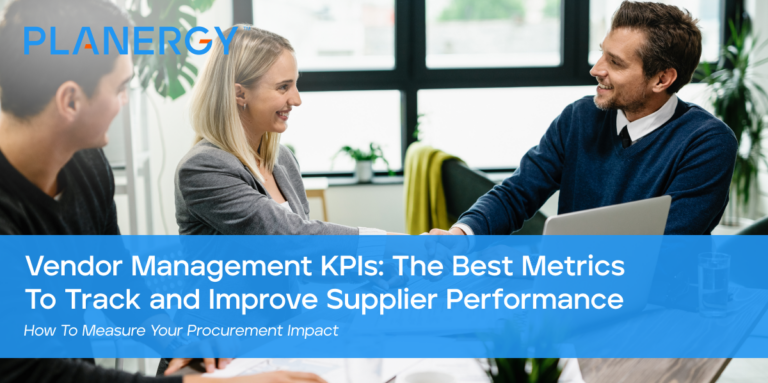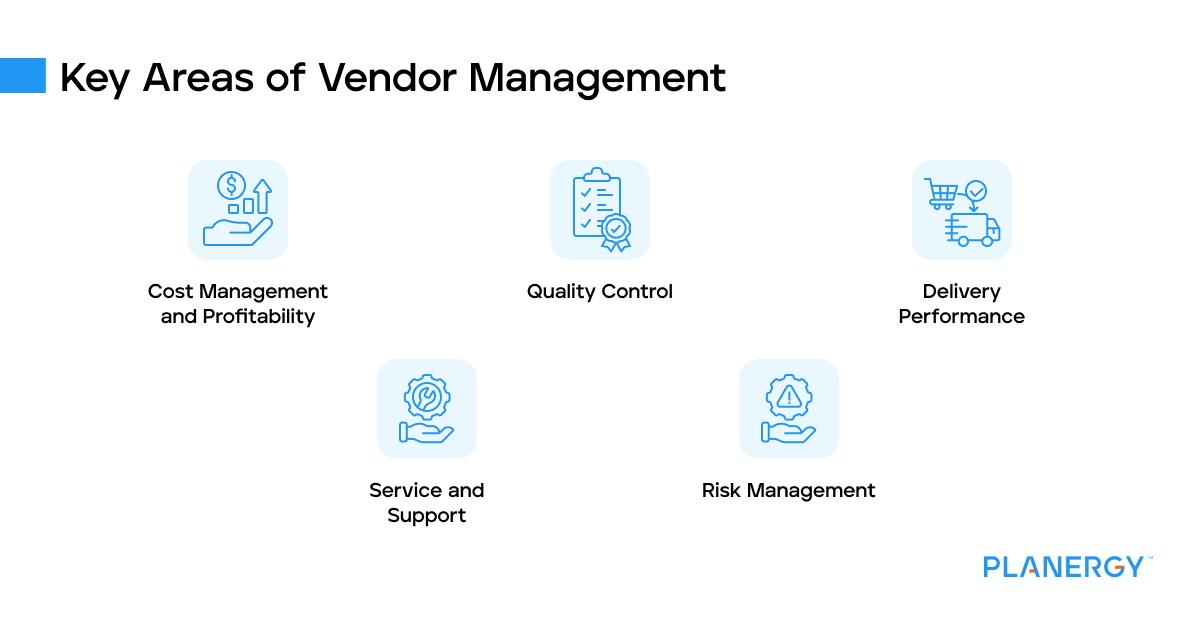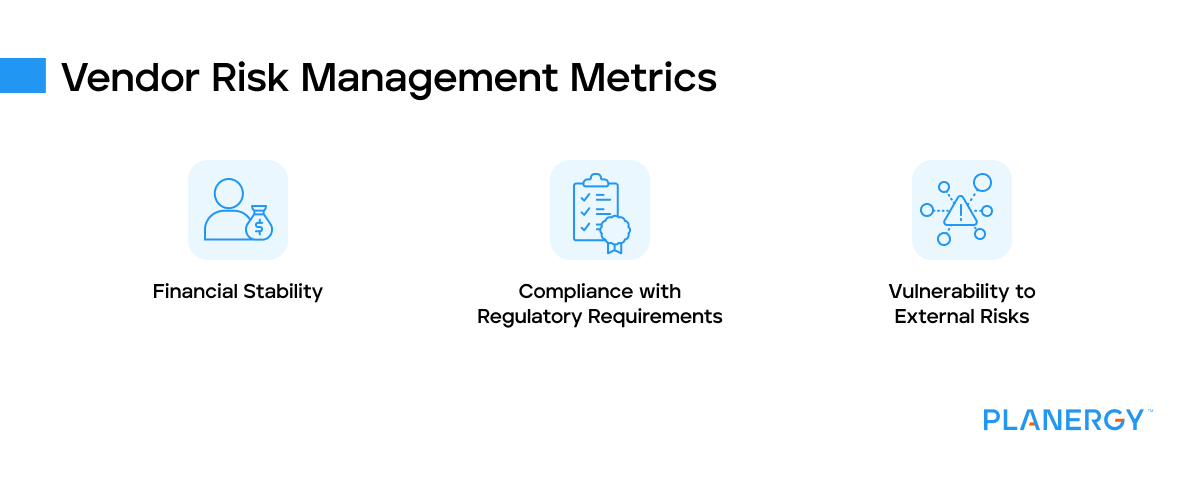Supplier Responsiveness
Supplier responsiveness measures how quickly and effectively a vendor responds to your needs.
This includes their response time to inquiries, problem resolution, and their ability to adapt to changes in demand or requirements.
For example, if you send an urgent request for additional supplies and the supplier responds and fulfills your request within your required timeframe, they have demonstrated high responsiveness.
Conversely, slow responses or failure to adapt to changes can disrupt your business operations.
To measure supplier responsiveness, you might track the average response time to inquiries or the percentage of requests met within a specified timeframe.
For instance, if you send 50 inquiries and receive timely responses to 45, your supplier responsiveness rate would be 90%.
Contract Compliance
Contract compliance is a critical KPI that assesses whether a vendor is meeting the terms and conditions outlined in their contract with your company.
This could include aspects such as delivery times, product quality, pricing, and more.
For example, if your contract specifies delivery within two weeks and the vendor consistently delivers within this timeframe, they are demonstrating high contract compliance.
Failure to meet contractual obligations can lead to operational disruptions, financial losses, and strained vendor relationships.
Another thing to consider is how well the company meets their service level agreements (SLAs).
Contract management, though potentially time-consuming, is a necessary part of performance reviews.
To measure it, you could track the percentage of contractual obligations met over a given period.
If a vendor meets their obligations on 95 out of 100 occasions, their compliance rate would be 95%.
Regularly tracking this KPI can help ensure vendors are living up to their commitments and identify any potential issues early.









